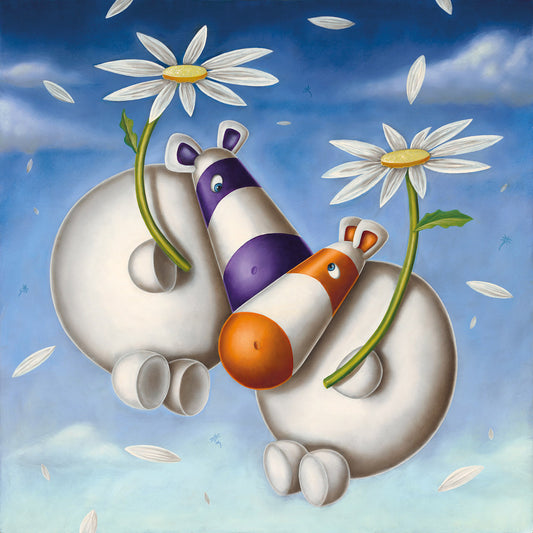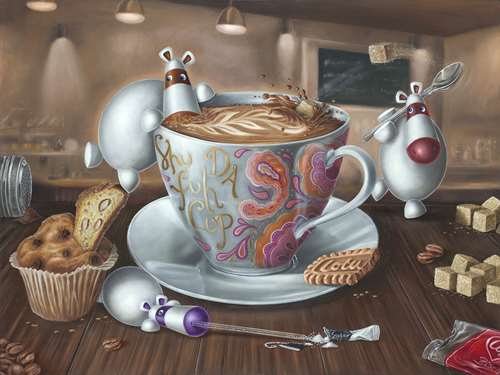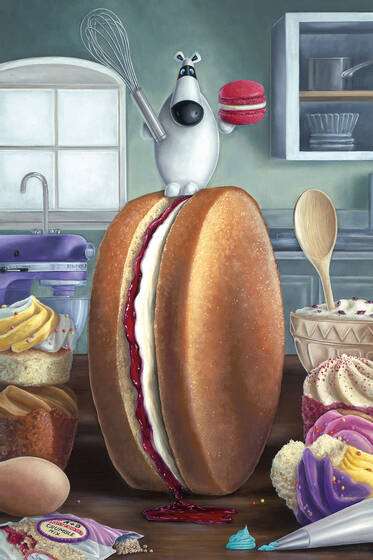From the moment he realised that you painted by brushing water onto pages, making the colours appear as if by magic - he was hooked.
Wanting to hold onto the feeling, he began painting in earnest. He took a small watercolour set everywhere with him, painting cats, dogs and people in simple forms but with bright colours and sweeping shapes. His art education had begun, embellished through the years with many influences - a stint as a surveyor gave him a sense of accuracy, working as a computer programmer added a logical, methodical approach and the last piece of the puzzle - working as a graphic designer in the fashion industry - added a sense of colour and composition.What had been a part time hobby became more serious a few years ago and Peter decided to return to his painting. Worried that he may now lack the passion for it he had as a younger man, he was delighted to prove himself wrong. In 2005 he signed to Washington Green and within a few months felt his potential expanding.
InspirationTime has not faded Peters' childhood memories of cold winters, long hot summers and exciting birthdays and Christmases and he likes to use these feelings and playful emotions in his work, but where does he get his ideas from for quirky animals, bold colours and strange concepts ? Peter says he gets them from the world around him, from people in the street, strangers he meets or feelings he experiences - by the end of the day his head is full images just waiting to be painted. Often he gets carried away, excitedly sketching until he's filled an entire sketchbook within hours. Although this can be draining, the flood of images link together, evolving as he draws giving him very rapid development of his reference material.
Peter also finds inspiration from other artists, the strong characters and quirkiness of Will Bullas and the surreal work of Salvador Dali let him look at the world in different way but in the end his inspiration comes from inside, drawing on his memories and experiences. His sketchbook only holds the very beginnings of his ideas, it's only when he finally puts brush to canvas that he expresses his real emotions.
Peter always provides a strong visual statement, his work in the fashion industry taught him how to use colours that compliment each other. Peter likes to connect items on the canvas, often the eyes play a major role in leading the viewers gaze - imagine yourself inside the painting with your viewpoint being that of one of the characters and look around, read the title and imagine their feelings - only then will you begin to understand how Peter felt when he painted the piece.
Creating a picturePeters' sketchbooks are bursting with imagination and ideas and he flicks through them from page to page until a small detail, an image or a title catches his eye. he looks for the thing that will be the most fun and often the one that raises the biggest smile is what informs his next choice of painting.
The size of canvas is carefully considered and then he gets to work, sketching with oil pastels determining composition and adding smudges of colour to help balance the picture. He looks to find a natural sense of form and colour, taking care to build the light source into the piece. Before moving on from here, it needs to feel right - he always draws the eyes early and in as much detail as possible because sight-line has such an impact on the final image.
Oil is a sensual and evocative medium to Peter - he finds the smell, feel and colour intensity remind him of the history oil paints hold and stimulate his senses whilst working. He begins the background by using his fingers to push the paint into the canvas, he finds this therapeutic and it allows him to feel a part of the piece at a base level; the movement of the oil allows speedy and spontaneous decisions to take place. Brushwork is next, using incrementally smaller and smaller brushes to build up the details. Translucent glazes of colour and scrunched up cling-film are used to create texture and to create a staining effect.
One of the features of Peter's work is the incredible sharp edges. To achieve this he adds a thin layer of linseed oil, rubbing it into the canvas and then wiping it off to allow the brush to glide across the canvas without any drag. Glazes are added and tonal transitions smoothed out and deepened.
A day in the life of Peter SmithBy 6:30am Peter is often already in the studio, reviewing his previous days work and making decisions about what to concentrate on today. The early morning light gives him a different view of his work, allowing him to make choices on colour and composition that the midday sun complicates. His wife, Jayne, heads off to work at 8:00am following a joint breakfast and Peter prepares himself for a days painting. Preparation involves changing into paint splattered clothing, preparing the studio and most importantly, choosing the music.
A bond appears, joining eyes, ears and hand and the right music helps Peter maximise that harmony. At hand is his sketchbook, so no random ideas or thoughts go astray and his paints are always arranged in a specific order so that he can jump directly to the correct colour without breaking concentration.
When he comes to a natural rest, he will have a quick lunch and walk the studio, viewing the piece from different angles, critiquing his own work. When Jayne arrives home from work, not long after 5pm the work usually concludes for the day - but not always - and there is always time for a final look before bed before he retires for the night, ready to begin again the following day.
 SOLD
SOLD SOLD
SOLD SOLD
SOLD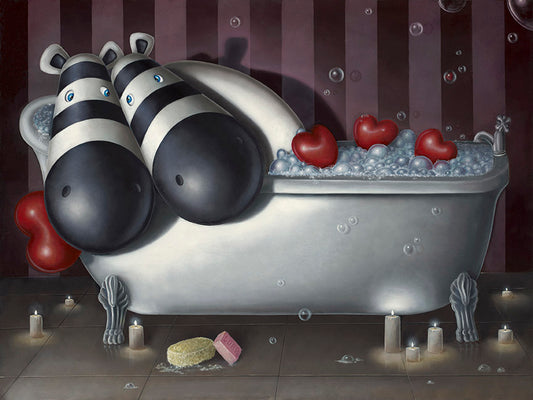 SOLD
SOLD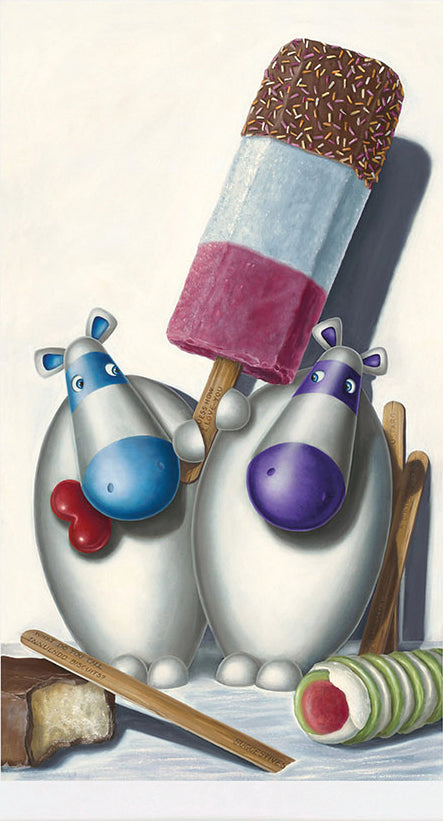 SOLD
SOLD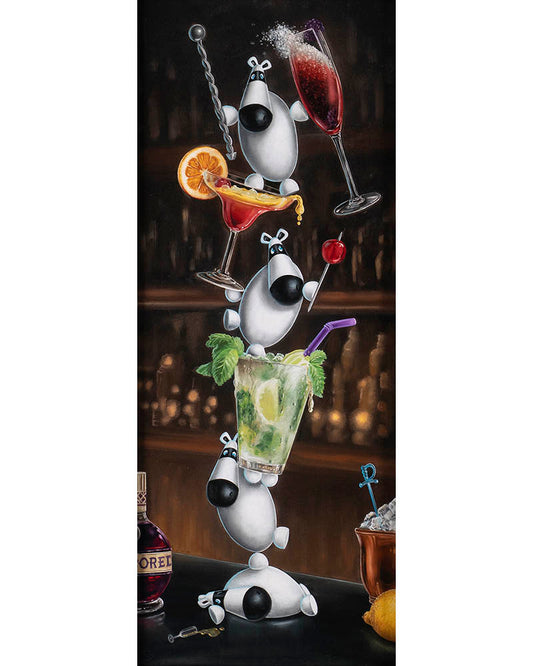 SOLD
SOLD SOLD
SOLD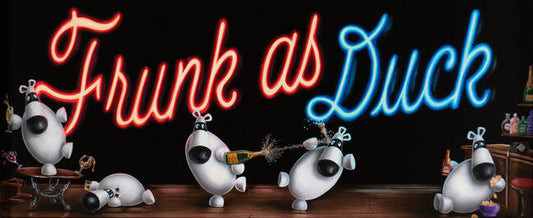 SOLD
SOLD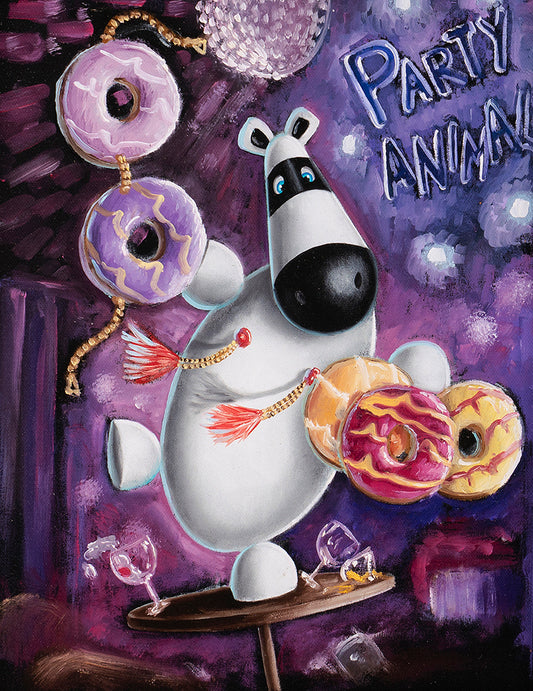 Enquire
Enquire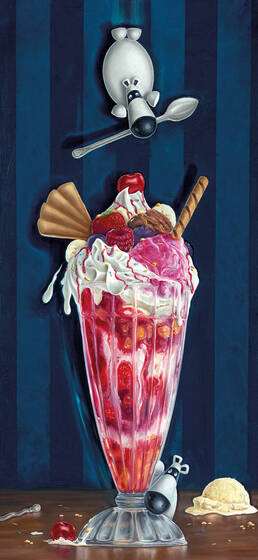 SOLD
SOLD















